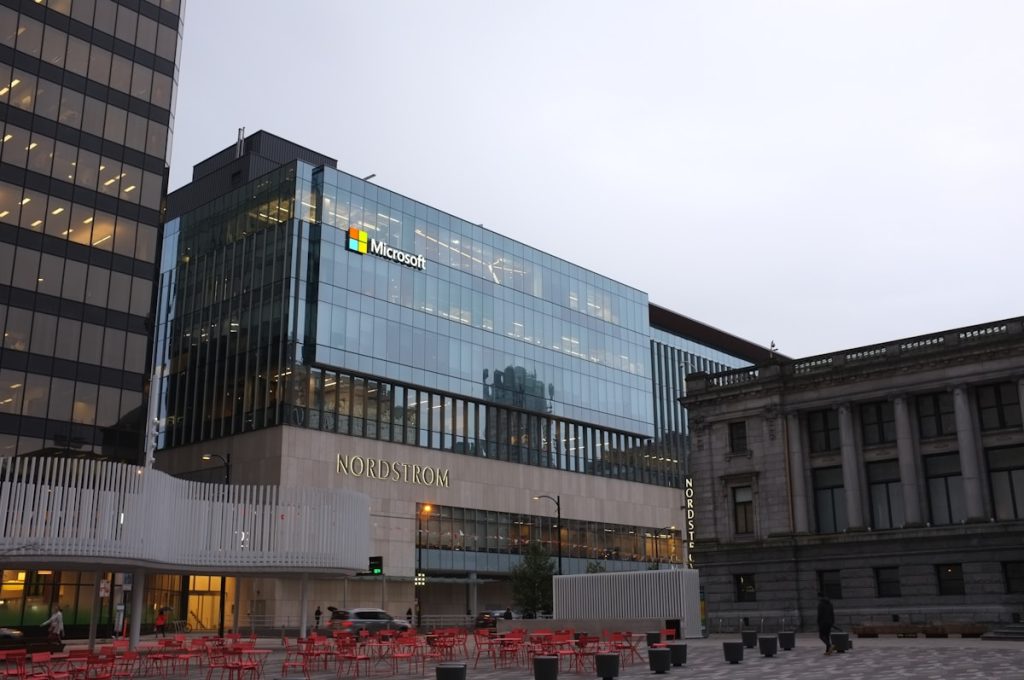US Agencies Warn Iranian Hackers May Still Conduct Malicious Cyber Activity
In a coordinated statement released this week, several U.S. government agencies cautioned that Iranian‑backed threat actors continue to pose a significant risk to both public and private sector networks. The warning, which follows a series of high‑profile cyber‑espionage campaigns attributed to groups such as APT33, MuddyWater, and Nobelium, underscores the persistence of state‑sponsored hacking operations despite diplomatic efforts to de‑escalate tensions in the Middle East.
Key agencies issuing the alert
- Cybersecurity and Infrastructure Security Agency (CISA) – highlighted recent intrusion attempts targeting energy and healthcare providers.
- Federal Bureau of Investigation (FBI) – emphasized ongoing investigations into credential‑theft operations linked to Iranian actors.
- Department of Homeland Security (DHS) – warned of potential supply‑chain compromises affecting software vendors.
- National Security Agency (NSA) – provided technical indicators of compromise (IOCs) for use by defensive teams.
Why the threat remains active
Iranian cyber groups have adapted their tactics, techniques, and procedures (TTPs) to evade detection. Recent intelligence shows a shift from large‑scale ransomware attacks toward more focused espionage and data‑exfiltration missions. Analysts attribute this change to two main factors:
- Strategic realignment. Tehran seeks to leverage cyber capabilities as a low‑cost tool for political influence, especially in regions where conventional military options are limited.
- Technical sophistication. The use of multi‑stage malware, fileless execution, and encrypted communications makes attribution and mitigation more challenging.
Recent incidents illustrating the risk
In the past six months, at least three incidents have been publicly linked to Iranian actors:
- A supply‑chain breach of a popular open‑source library that inserted a backdoor into thousands of downstream applications.
- A spear‑phishing campaign targeting U.S. aerospace contractors, resulting in the theft of proprietary design documents.
- An intrusion into a state health department’s database, exposing personal health information of over 200,000 citizens.
Each case demonstrates the breadth of sectors vulnerable to Iranian cyber operations, ranging from critical infrastructure to civilian services.
Recommendations for organizations
Federal agencies provided a concise set of defensive measures that enterprises can adopt immediately:
- Implement multi‑factor authentication (MFA) for all privileged accounts.
- Conduct regular patch management, focusing on known vulnerabilities exploited by Iranian malware families.
- Deploy network segmentation to limit lateral movement after an initial breach.
- Monitor for IOCs published by CISA and the NSA, including specific hash values, command‑and‑control (C2) domains, and PowerShell scripts.
- Train staff to recognize sophisticated phishing attempts that may use legitimate‑looking language and regional references.
Looking ahead
While diplomatic channels continue to address broader geopolitical disputes, cyber‑security experts warn that Iranian



